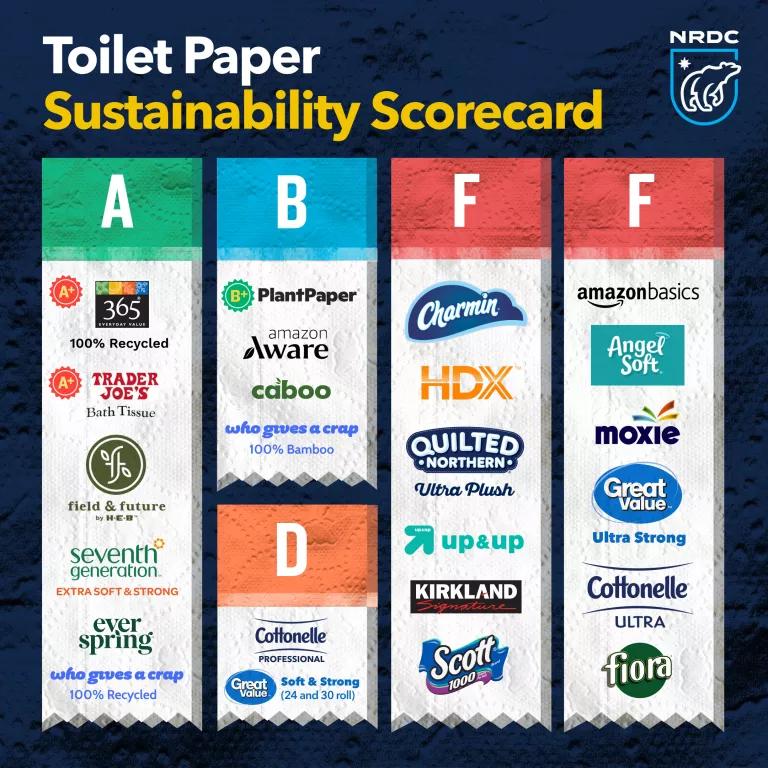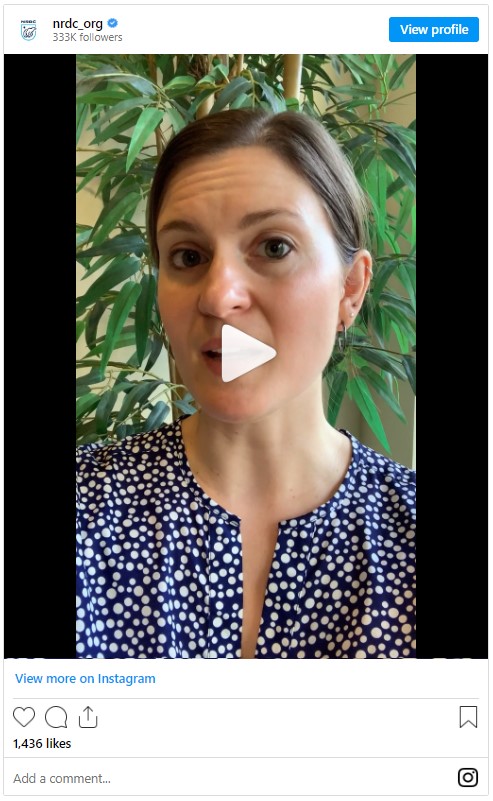Canada’s Boreal Forest: Why It’s So Important
Saving the boreal from clearcutting would not only protect trees and wildlife but also the planet’s climate and the rights of the people who have lived in these forests for millennia.
What is a boreal forest?
Starting just below the Arctic Circle, boreal forests span nearly the entire Northern Hemisphere, ringing the globe in a green crown. Together, they make up one of the world’s last remaining stretches of true wilderness. Numerous Indigenous communities live in these expansive forests that are filled with centuries-old conifers and birches and an abundance of wildlife, from caribou to wolves to loons to wood frogs. These forests also store 30 to 40 percent of earth’s land-based carbon, making the boreal critical to the fight against climate change.
Where are boreal forests located?
Boreal forests grow roughly between latitudes of 50 and 60 degrees north, which includes parts of Siberia, Scandinavia, Canada, and Alaska. Although the climate of the boreal biome can vary widely between its northern and southern edges, the boreal forest generally has freezing, snowy winters and relatively warm summers. Average seasonal temperatures drop as low as -65 degrees Fahrenheit in winter months but can reach 70 degrees Fahrenheit during the summer.
The Canadian boreal, which stretches from Newfoundland and Labrador on the Atlantic Coast to northeastern British Columbia and the Yukon Territory, is the largest intact forest left in the world. Its trees, soils, and peatlands store twice as much carbon as the world’s oil reserves, and nearly twice as much per acre as tropical forests.
The ecosystem of Canada’s boreal
Vast areas of Canada's untouched boreal forest provide refuge to a wide variety of wildlife, including keystone species such as salmon, black bears, and snowshoe hares. The boreal is critical to North America's bird population, serving as the nesting grounds for more than three billion birds, from songbirds to whooping cranes to the great gray owl. Many boreal animals, such as the woodland caribou, were once abundant but are now facing extinction due to habitat loss from industrial logging and other unsustainable extractive industries.
The Canadian boreal forest, the crown of North America, also sustains a rich and varied plant life. Its deep green landscape of pine, larch, birch, spruce, aspen is the most carbon-dense terrestrial ecosystem on earth.
Indigenous Peoples in the Canadian boreal
The boreal forest in Canada has been home to Indigenous Peoples for thousands of years, and more than 600 of these communities continue to rely on the forest’s wildlife and plants for food, clothing, medicine, tools, and shelter. They have unrivaled intergenerational knowledge of how to sustainably manage the forest and its wildlife, and Indigenous groups have been at the forefront of protecting their forests.
For more than a decade, the Cree First Nation of Waswanipi has been pushing the Quebec government to keep the last remaining primary forests in the Broadback River watershed intact. Primary forests are those that have never before been disturbed by industry. Meanwhile, other communities, such as the Atikamekw and Lutsel K’e Dene First Nations, have scored legal victories to stop unwanted industrial logging and spearheaded efforts to create protected areas and Indigenous-led stewardship programs.
What kind of threats does the Canadian boreal forest face?
Several industries, including oil and gas drilling and mining, exploit the boreal, but one of the biggest threats is logging. Each year, industrial logging operations clearcut approximately one million acres of intact forest, equivalent to five NHL hockey rink–size areas every minute. This logging also leaves scars across the landscape, with some forest areas failing to grow back even decades later.
Industrial logging feeds demand for Canada’s wood products—of which the United States is the largest purchaser. Much of this logging goes to make toilet paper, paper towels, and facial tissues that consumers use once and then just throw away.

The above graphic features a limited selection of the brands reviewed in The Issue with Tissue Fifth Edition scorecard.
This logging often happens in primary forests and is devastating for the ways of life of many Indigenous communities and wildlife populations. Clearing these forests also releases all the carbon that’s been stored in the soil and vegetation into the atmosphere and erodes the forest’s ability to absorb carbon from the atmosphere—a double whammy for the climate.
How do we protect boreal forests?
The main solutions are to stop clearcutting primary forests and to empower Indigenous communities to manage the lands they’ve been living on for millennia, such as through Indigenous-led protected areas. Time and again, Indigenous Peoples around the world have shown that they are the best stewards of forests, both for biodiversity and for the climate.
Industrial logging across Canada emits roughly the same amount of carbon dioxide annually as the country’s tar sands operations, but Canada fails to account for the carbon its logging operations are releasing when it reports on its national emissions. This has allowed the country to downplay the logging industry’s impact and to exempt one of its major emitters from regulation or scrutiny. If Canada is the international leader on climate it claims to be, it should address this immediately.
Finally, companies around the world—especially in the United States, which sources a lot of these forest products—need to do their part. They must ensure that the products they either produce or import aren’t coming at the expense of irreplaceable primary forests or the rights of Indigenous peoples. Companies like Procter & Gamble, which produces throwaway tissue products sourced from the boreal, need to stop relying on virgin forest fiber and switch to recycled materials or sustainable alternative fibers, which reduce pressure on primary forests and have far less of an impact on the climate.
What can I do to help?
While it’s up to companies to source responsibly from the boreal and not rely on virgin forest fiber, consumers can urge them to make the switch with their purchases, especially of single-use products like toilet paper.
When you’re buying things like toilet paper, make sure it’s made from 100 percent post-consumer recycled materials and isn’t harming forests. You can check out NRDC’s scorecard to see which brands are the most sustainable for forests and support policies such as those laid out in the New York Deforestation-Free Procurement Act.
You can also let companies like Procter & Gamble know that you don’t want to buy throwaway products that come at the expense of forests, and that they should incorporate more recycled and sustainable materials into their supply chain.
This NRDC.org story is available for online republication by news media outlets or nonprofits under these conditions: The writer(s) must be credited with a byline; you must note prominently that the story was originally published by NRDC.org and link to the original; the story cannot be edited (beyond simple things such as grammar); you can’t resell the story in any form or grant republishing rights to other outlets; you can’t republish our material wholesale or automatically—you need to select stories individually; you can’t republish the photos or graphics on our site without specific permission; you should drop us a note to let us know when you’ve used one of our stories.

The Desire to Stop Canadian Tar Sands Transcends Borders
When Customers and Investors Demand Corporate Sustainability
Remembering Eeyou Pimatseewin, the Cree Life
The Desire to Stop Canadian Tar Sands Transcends Borders
When Customers and Investors Demand Corporate Sustainability
Remembering Eeyou Pimatseewin, the Cree Life
The Desire to Stop Canadian Tar Sands Transcends Borders
When Customers and Investors Demand Corporate Sustainability
Remembering Eeyou Pimatseewin, the Cree Life
The Desire to Stop Canadian Tar Sands Transcends Borders
When Customers and Investors Demand Corporate Sustainability